Notes
There is Bono, and then there is Africa
It is strikingly clear that musician-turned-humanitarian Bono, not Ghana (nor any needy child), takes the starring role in Adrian Steirn’s Pictures from Ghana. What’s interesting in the approach, however (interspersing individual portraits of Ghanians with Bono and villagers), is how hard the gallery tries for balance and genuineness. In the photos of Bono with the citizenry, however, each photograph becomes more uncomfortable with its cultivated authenticity ultimately raising the question: why is Bono getting in the way?
In the image above, Bono dominates the foreground, his head hallowed by the light from the window. In the background, and excluded by the camera’s focus, a small Ghanaian boy strains to look at or be seen by the camera. Bono is in a pose of humility, apparently raising his hand to answer a question in the classroom, but his position (also appropriating a familiar student’s gesture), obscure the others.
This foregrounding of Bono is strangely reinforced by the way that Bono looks almost exactly the same in every shot in the photo gallery: every image but one is taken from the same side and in every image Bono wears his signature sunglasses. It gives Bono a static presence, as if he were a cardboard cut-out. However, Steirn, or his editors, seem to want to resist wholly affirming this rock star framing by also featuring cut-aways to portraits of villagers whose faces act as a kind of emotional litmus test and context for Bono’s presence.
When the camera reverts to Bono, he gains a kind of saintly reverence. In the hospital photo from Accra (top photo of this post), the musician is leant an emotive and even ethereal quality by the mosquito net he peers through. His features are softened by the gauze, the soft light picking out shadows and ripples in the fabric. The intimacy of this portrait, which is subverted by the double masking of Bono’s eyes, creates a curiosity and sense of wonder about the face which is akin to Bono’s own questioning expression. This is a photograph taken with the sensitive brush strokes used to depict the earthly/un-earthly faces of Saints.
Photos of Bono’s interaction with people get a similarly saintly emphasis. Bono and the boy in the photo above seem to be locked in one another’s gaze, as if Bono is conveying something of great significance to the child. The gleam of the boy’s eye, the smiles on both their faces, all add to the feeling that some power is being shared. It is an image that is both rock star and saviour, somewhere between macho and spiritual. In the context of Bono, in very real terms, sharing his wealth and using his power for humanitarian missions, this is a kind of mystification of the act: a romanticism that imbues Bono with a healing touch.
However, the final image sits awkwardly in that romantic narrative, troubling the smooth picture that has been built throughout the set:
The hug is ambivalent. Is Bono moving closer or being pulled? Maybe he’s pulling back? Once again, the glasses meddle with things and get in the way of spotting Bono’s true emotion. Bono is smiling-grimacing, but the woman looks serene as she reaches to hug him. Most striking is her well-muscled and decorated arm which reaches up to Bono’s neck. She is vivid and strong, Bono looks small and unsure.
The reliability of Bono’s poses throughout, and the affirmation of his genuine and timeless presence by the grainy black and white aesthetic, becomes tense with ambiguity in this image. The message in the left hand corner, ‘You cannot enjoy your GoodLife…’, becomes a kind of prophetic statement loaded with the same indetermination as these images. Who is that cannot enjoy their ‘GoodLife’? Is it the Ghanaians who may struggle with the basics of a healthy life? Or is it Bono, who has to struggle with the management of his celebrity image at every turn, whose wealth and star power, in truth, makes authentic interaction with other people a knotty problem full of ambivalent feelings?
— Madeleine Corcoran
(photos: Adrian Steirn)
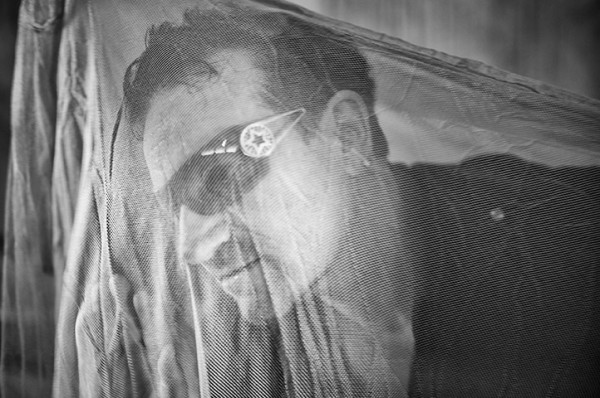
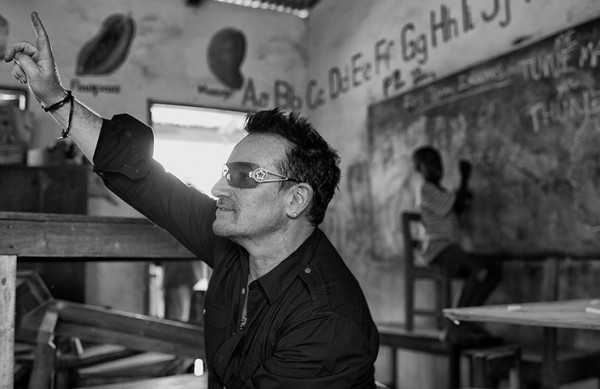
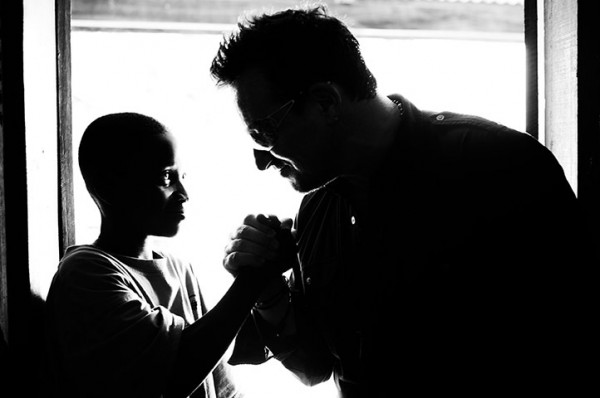
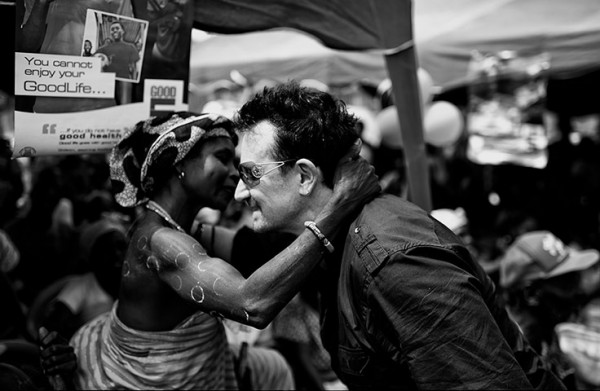
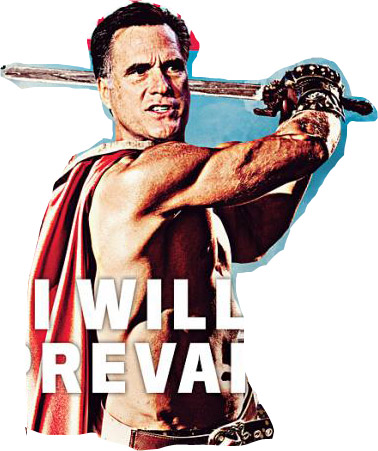
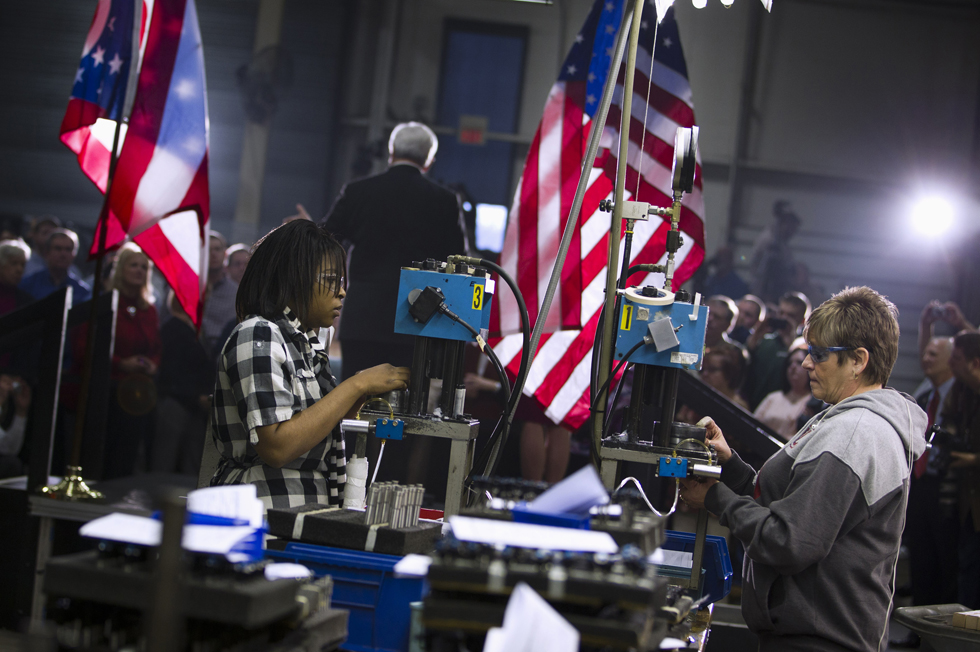
Reactions
Comments Powered by Disqus